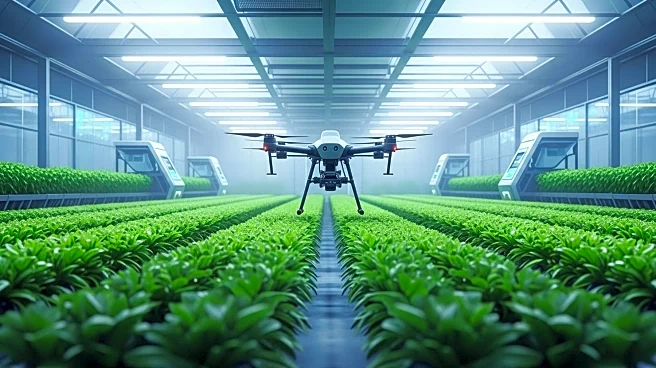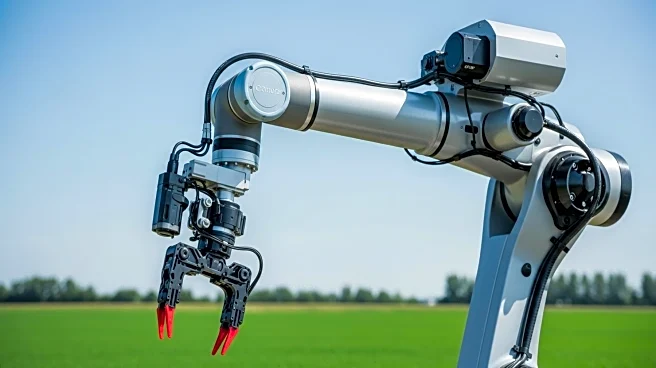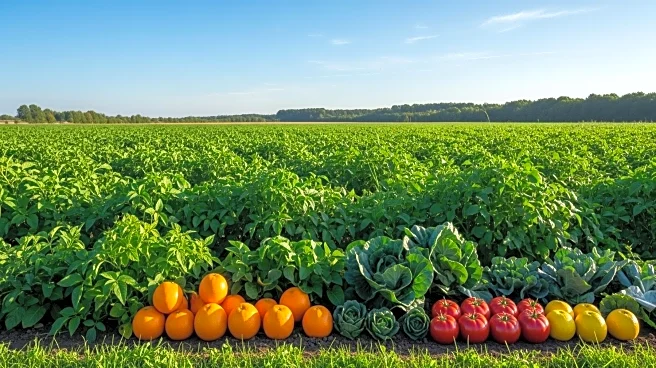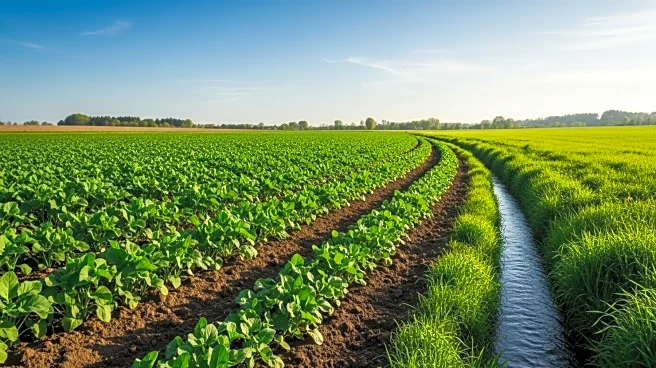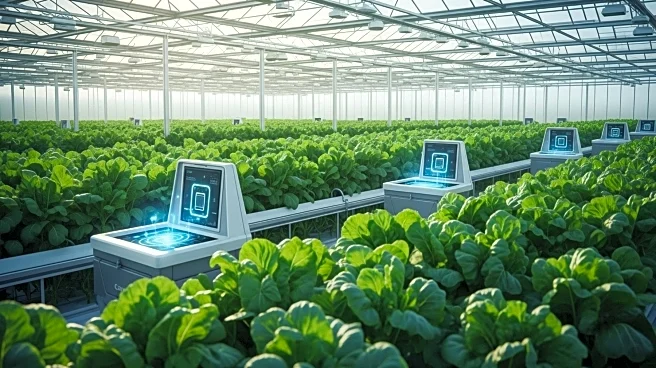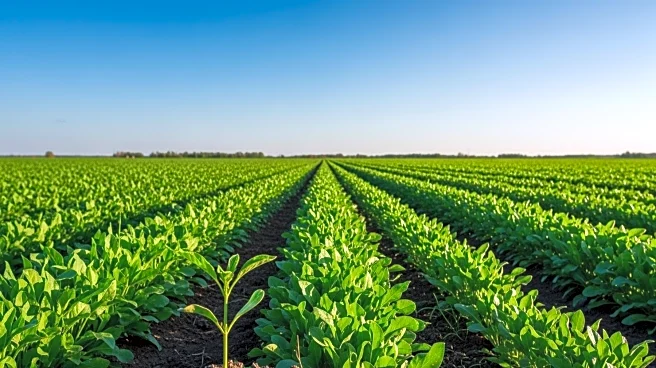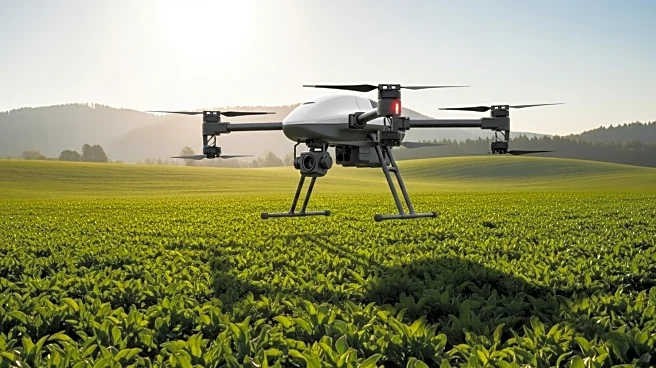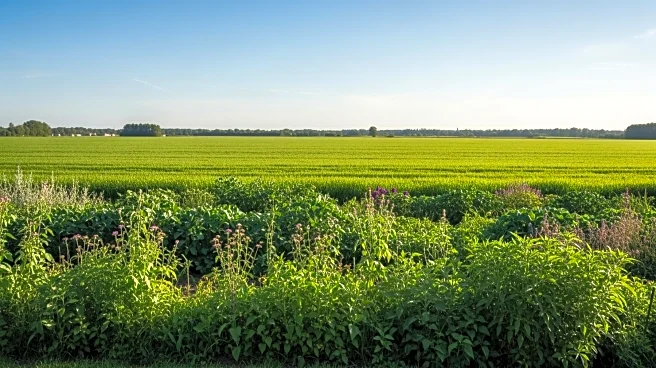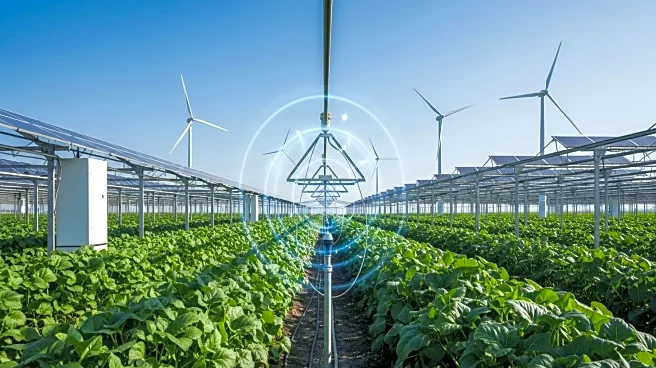What is the story about?
What's Happening?
The regenerative agriculture market is anticipated to grow significantly, with projections indicating it will surpass USD 72.21 billion by 2034. This growth is driven by increasing consumer demand for sustainable and organic food products, government incentives promoting sustainable farming, and corporate commitments to carbon reduction and supply chain transparency. Regenerative agriculture focuses on rebuilding soil health, enhancing biodiversity, improving water cycles, and increasing ecosystem resilience. Unlike conventional agricultural systems, regenerative practices emphasize soil regeneration through techniques such as crop rotation, cover cropping, reduced tillage, and integration of livestock. North America is expected to dominate the market, with significant investments in sustainable farming practices and the presence of major agribusinesses committed to regenerative methods.
Why It's Important?
The rise of regenerative agriculture is crucial for addressing environmental challenges and promoting sustainable food production. By focusing on soil health and biodiversity, regenerative practices can mitigate climate change by sequestering carbon in soil and reducing greenhouse gas emissions. This approach also enhances resource efficiency, optimizes land and water use, and improves farm productivity while reducing dependence on synthetic inputs. As consumer awareness of environmentally friendly products grows, the demand for regenerative agriculture is likely to increase, providing economic opportunities for farmers and contributing to global sustainability goals.
What's Next?
The regenerative agriculture market is expected to continue expanding, with advancements in technology and data analytics playing a key role in its growth. AI and machine learning are reshaping the industry by providing farmers with actionable insights and decision support systems, enabling them to adopt regenerative practices more efficiently. Additionally, carbon credit programs are emerging as a stable income source for farmers, incentivizing the adoption of regenerative methods. As more stakeholders recognize the benefits of regenerative agriculture, collaboration and investment in sustainable farming practices are likely to increase.
Beyond the Headlines
Regenerative agriculture represents a paradigm shift in farming, emphasizing ecological balance and sustainability. This approach not only addresses environmental challenges but also revitalizes local economies and preserves traditional knowledge. By fostering collaboration and tailored strategies, regenerative agriculture has the potential to transform global agriculture into a system that feeds the world while healing the planet.
AI Generated Content
Do you find this article useful?


